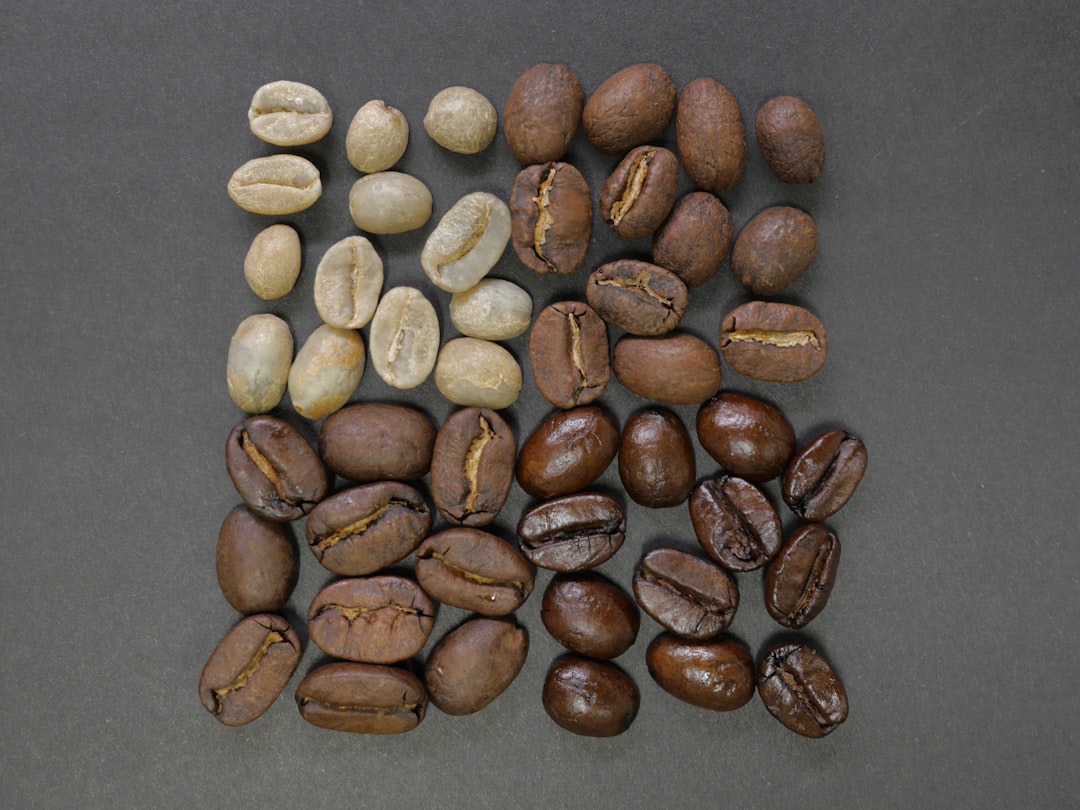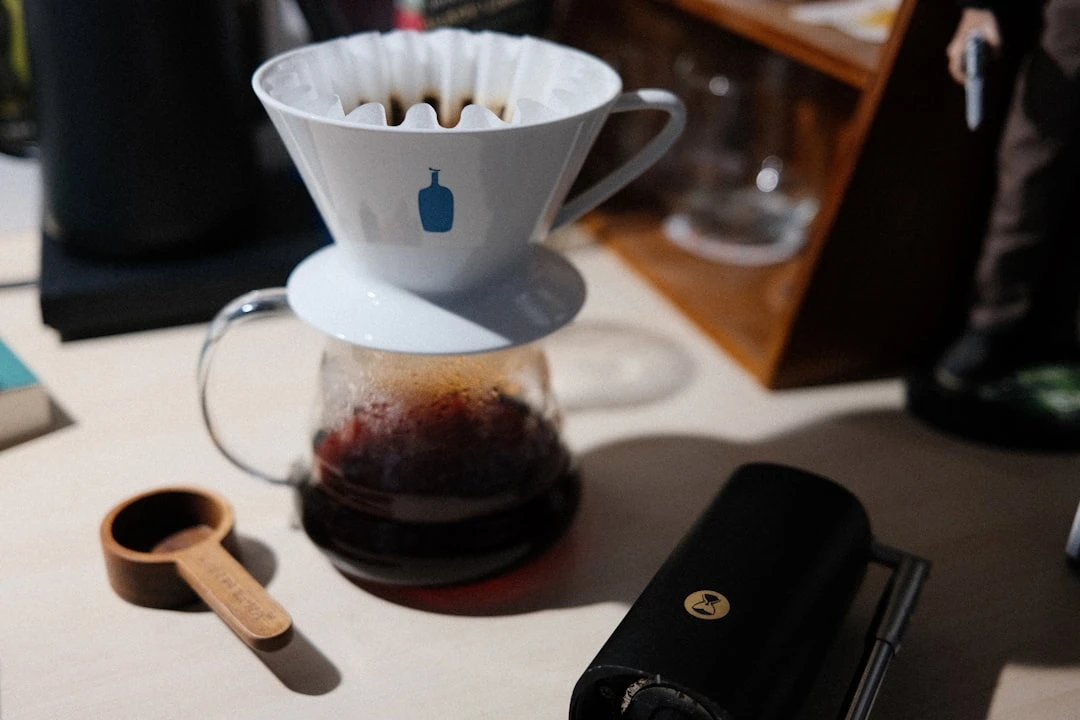How to Store Coffee Beans for Maximum Freshness
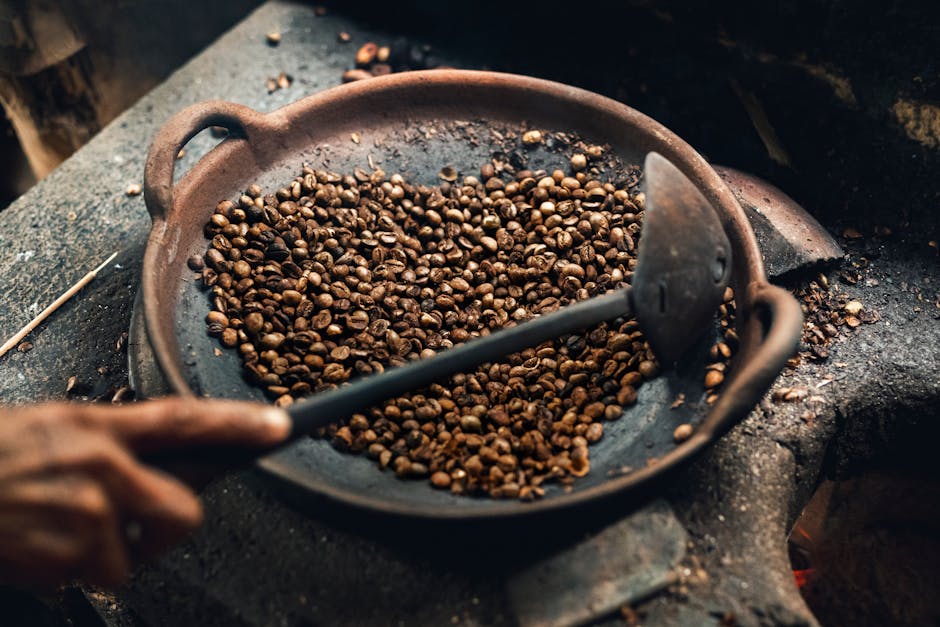
Keeping Your Coffee Beans Fresh
That first sip of perfectly brewed coffee? Pure magic — unless your beans have lost their spark. How you store them isn’t just a footnote; it’s what keeps each cup rich, fragrant, and alive.
Freshly roasted beans are restless, still exhaling carbon dioxide (don’t worry, that’s a good thing). But air? Too much of it dulls the magic. Oxygen creeps in, softening those bright, layered flavors. An airtight container? It’s like giving your beans a quiet, safe little hideaway.
Then there’s moisture. Ever caught a funky, musty scent when opening your coffee bag? Blame the damp—it sneaks in, leaving behind stale, papery notes you never asked for.
Heat and light? They’re the quiet saboteurs. Warmth unravels the beans’ delicate oils, and sunlight? Imagine letting your coffee lounge on a beach—no thanks. Keep them tucked away somewhere cool and dim (not by the oven or that cheerful sunlit ledge).
And—seriously—skip the fridge or freezer unless you’re desperate. Those sudden temperature shifts leave beans damp and defeated. Buy just enough for a couple weeks instead. Freshness wins every time.
Get this right, and every pour will sing—deep, vibrant, and utterly worth slowing down for. Coming soon: the best ways to seal in that goodness.
Why Fresh Coffee Beans Make All the Difference
Leave your coffee beans sitting out too long, and that vibrant flavor? Gone. Air, moisture, heat, light—they all team up to steal the good stuff. Even the most expensive beans turn dull or sharp if you don’t treat them right.
1. Keep the Air Away
Let air in, and those rich oils start fading fast. Seal them up tight—a good container buys you time, so every cup stays full of life.
2. Fight the Moisture
Dampness is where flavor goes to die. It dulls the notes and invites trouble. Find a cool, dry spot—definitely not the fridge, and nowhere near steamy dishes.
3. Beat the Heat (and Light)
Sunlight and warmth rush the clock. Tuck your beans somewhere dark, something sealed, and they’ll hold onto their best a little longer.
4. Guard the Taste
Coffee’s eager to soak up smells—last night’s onions, tomorrow’s soap. Lock it away clean, and your brew stays just your brew.
It doesn’t take much. A decent tin, a careful spot, and you keep what the roaster meant for you. That first sip? Still as alive as day one.
The Secret to Keeping Your Coffee Beans Happy
Ever crack open a bag of coffee and just breathe in that deep, roasty scent? I get it. But here’s the catch—if you’re not careful with storage, that magic vanishes quicker than you’d think. What you need is something sturdy, something that locks out air, moisture, light, and heat (basically everything that turns great coffee into sad coffee). Here’s what actually works:
- Airtight Containers with One-Way Valves
These are the real heroes. Ceramic, stainless steel, or opaque plastic—they shove oxygen out while letting CO₂ (yep, the stuff fresh beans exhale) slip away. No staleness, no weird pressure, just beans at their best. - Tinted Glass Jars
Glass can do the job, but it needs backup—UV coating or a dark corner. Even better if the lid clamps down tight or sucks the air right out. Extra freshness, zero regrets. - Stainless Steel Canisters
Built like a tank, blocks light, keeps temperatures steady. Add a silicone seal? Perfect. Nothing’s getting through that. - Ceramic or Porcelain Canisters
Think of them as the comfy, reliable option—great insulation, snug lids. Just go for darker shades unless you want your beans soaking up rays. - Vacuum-Sealed Containers
They yank the air out like a lifeguard rescuing your beans from oxidation. Amazing for long hauls, but maybe too much if you’re scooping daily.
Steer Clear Of: Flimsy bags, wimpy containers, anything that seals about as well as a broken zipper. They’ll let your beans down every time.
Next-Level Trick: Stash your container in a cool, dark spot—away from the oven’s blast or the fridge’s mood swings.
Get this right, and every cup will taste like the beans just rolled off the roaster. Seriously, your mornings (and your coffee) will be way better for it.
Ideal Storage Conditions for Coffee Beans
Ever taken a sip of coffee and thought, Did I just drink yesterday’s cardboard? Yeah, we’ve all been there. Fresh beans don’t stay fresh on their own—but with a little care, you can fend off stale bitterness like a coffee guardian.
- Lock ’em up tight – Oxygen creeps in like an uninvited guest, stealing flavor. An airtight, opaque container is your best defense—something sturdy, like a mason jar or a dedicated coffee canister. Those bags with one-way valves? They’re clever little things, letting gas escape without letting air sneak back in.
- Cool, dark, and mysterious – Sunlight and heat are the villains here, turning vibrant beans into dull shadows of themselves. Tuck them away in a cupboard (somewhere far from the oven’s heat). Aim for a steady room temperature—around 20°C (68°F), give or take.
- Moisture is the enemy – Fridge humidity clings to beans like a bad habit, ruining their vibe. Unless you’re stockpiling for emergencies, skip the fridge entirely. Freezing works, but only if you seal them airtight—and never refreeze what you’ve thawed.
- No smelly neighbors – Coffee’s a sponge for odors. Keep it far from anything pungent—onions, cleaning supplies, that aggressively scented candle burning in the next room.
- Buy what you’ll drink – Even the best beans lose their spark after a few weeks. Buy small batches, enjoy them while they’re lively, and leave the warehouse-sized bags for cafés.
Stick to this, and every morning will taste like you just opened a fresh bag. Your future self—and your very awake taste buds—will raise their mugs in gratitude.
Common Mistakes to Avoid When Storing Coffee Beans
Great coffee isn’t just what happens in your cup—it starts with how you care for those beans. And honestly? It’s simpler than you think to mess it up. Here’s the real deal on avoiding the slip-ups that kill flavor:
1. Skip the Fridge—Seriously
Cold seems smart, but it’s a trap. Every time you open that door, moisture creeps in, turning bold flavors dull and lifeless. (And let’s not talk about mold.) A dark pantry shelf beats a frosty fate any day.
2. Ditch the See-Through Storage
Light and air are coffee’s sworn enemies. Sure, that glass jar looks nice, but it’s basically a flavor graveyard. Grab something opaque and airtight—with a valve to let gases out without letting freshness escape.
3. Bulk Buys? Portion It Out
A big bag feels thrifty, but coffee peaks fast. Split it into smaller batches, seal them tight, and you’ll stretch that just-roasted goodness way longer.
4. Keep It Cool (and Away from Smells)
Coffee soaks up odors like a sponge, and heat only speeds up the staling. Store it somewhere dark and neutral—not next to the oven or, heaven forbid, the garlic jar.
5. Roast Date Trumps Everything
That "best by" label? Ignore it. Pre-ground or old beans might as well be sawdust. Look for the roast date, and try to use them within a month for coffee that actually tastes alive.
Nail these basics, and you’ll taste the difference in every sip. Small shifts, big rewards.
How Long Do Coffee Beans Stay Fresh?
Nothing compares to that first sip of coffee when the beans are fresh—vibrant, rich, and alive. Whole beans usually keep their charm for 2 to 4 weeks after roasting, but it’s not just the clock ticking. Where you store them, the roast, even the bag they’re in — it all matters.
What Steals That Freshness?
- Roast Date: The best flavor? Somewhere between 7–14 days after roasting. After that? A slow, quiet retreat.
- Roast Level: Dark roasts fade faster—they’re more open, and more fragile. Light and medium? They hang on longer.
- Air, Light, Moisture: Leave them exposed, and they’ll betray you. Unsealed bags? You’ve got maybe 1–2 weeks before they’re gone.
Spotting Stale Beans:
- The smell—barely there, just a whisper
- The taste—dull, or worse, a strange bitterness
- Oily sheen? That’s time leaving its mark
Keep them locked up tight, away from heat and damp. The freezer can buy you 1–2 months, but one slip (condensation, we’re looking at you) and they’re done.
Smart move: Buy less, brew more—every 1–2 weeks is the sweet spot. And that roast date on the bag? Far more telling than some generic "best by" label.
Nail this, and every cup feels like a quiet victory.
How to Keep Your Coffee Beans Fresh
Ever take a sip of coffee and think, Wow, this tastes like regret? Chances are, your beans went stale. Here’s how to save them—and your mornings.
1. Lock ‘Em Up Tight
Air is coffee’s worst frenemy. Those flimsy bags? Toss ‘em. Store beans in an airtight, opaque container—ceramic or stainless steel are your best bets. Clear jars might look cute, but they’re basically light sabers slowly murdering your coffee’s flavor.
2. Play Hide-and-Seek
Heat + light = flavor disaster. Keep your beans tucked away in a cool, dark corner—not next to the toaster or that sunlit windowsill. A cupboard or drawer works wonders. Pretend you’re protecting secret treasure.
3. Avoid Moisture Like Bad Advice
Fridge storage sounds smart until your beans turn into a soggy mess. If you must freeze them, use a vacuum-sealed bag (no air, no problem). Otherwise, just… don’t.
4. Grind Like It’s a Race
Pre-ground coffee is the fast food of beans—convenient, but kinda sad. Grind right before brewing for max flavor. Even a cheap grinder’s better than nothing.
5. Small Batches, Big Love
Coffee peaks young. Buy what you’ll use in a couple weeks, not a lifetime supply. Check roast dates—old beans taste like dust and disappointment.
6. Freeze with Caution
Got beans you won’t use for a while? Freeze ‘em once in an airtight bag. Thaw, brew, and never re-freeze (unless you enjoy punishment).
Follow these, and every cup’ll taste like it’s fresh from the roaster. Your future self will thank you.
Conclusion
That first sip of a perfectly brewed cup? Pure magic. But keeping your beans fresh—that's the real secret to making every cup sing.
Start with an airtight container. Oxygen’s a sneak—it dulls flavors, leaving your beans tasting flat. Go for something opaque, like ceramic or stainless steel, to block light and keep things tasting clean. Then stash it somewhere cool and dark—not by the oven, not on the sunny counter. Just a quiet corner where they can rest easy.
Freezing? Tricky. Moisture loves to ruin things. If you have to freeze, split your beans into tiny, sealed portions. Thaw only what you need, right when you need it. And never, ever refreeze—unless you’re into disappointment.
Buy smaller batches. Enough for a week, maybe two. Whole beans hold their own, but pre-ground? It fades fast. Grind fresh, right before brewing, and taste what you’ve been missing—sharp, rich, alive.
Do this, and your coffee stays vibrant, like it just left the roaster. Fresh beans mean flavor that doesn’t quit.
Stick with these tricks, and mornings just got brighter. Happy brewing.
Related Articles
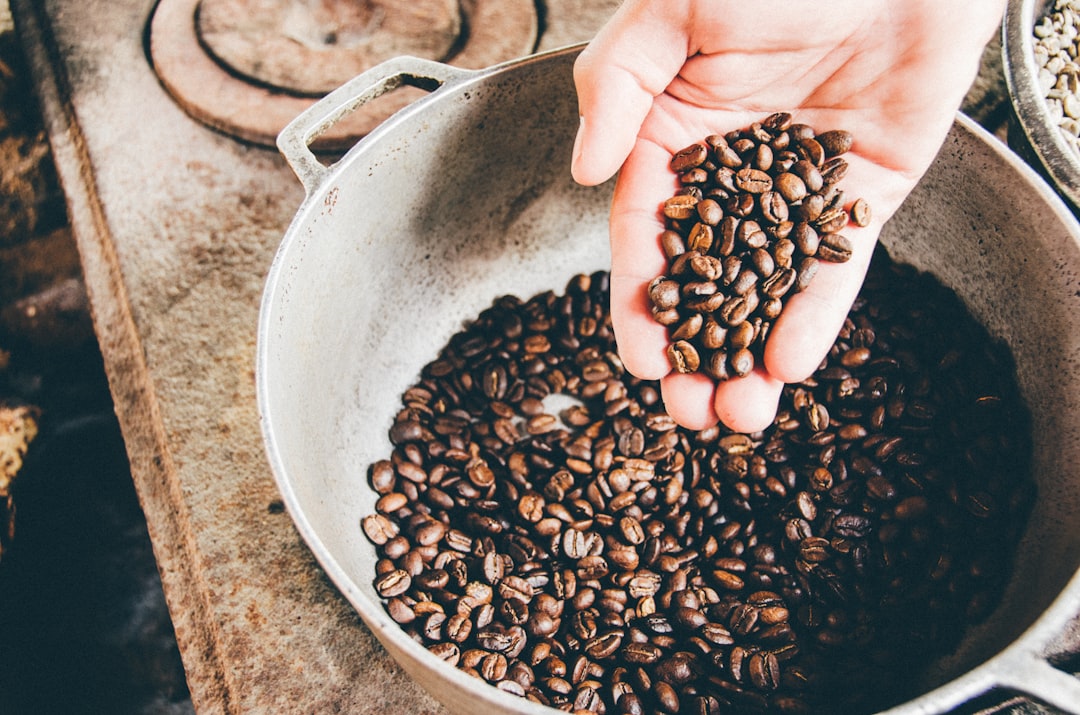
Best Decaf Coffee Beans: Top Picks & Buying Guide
Read More →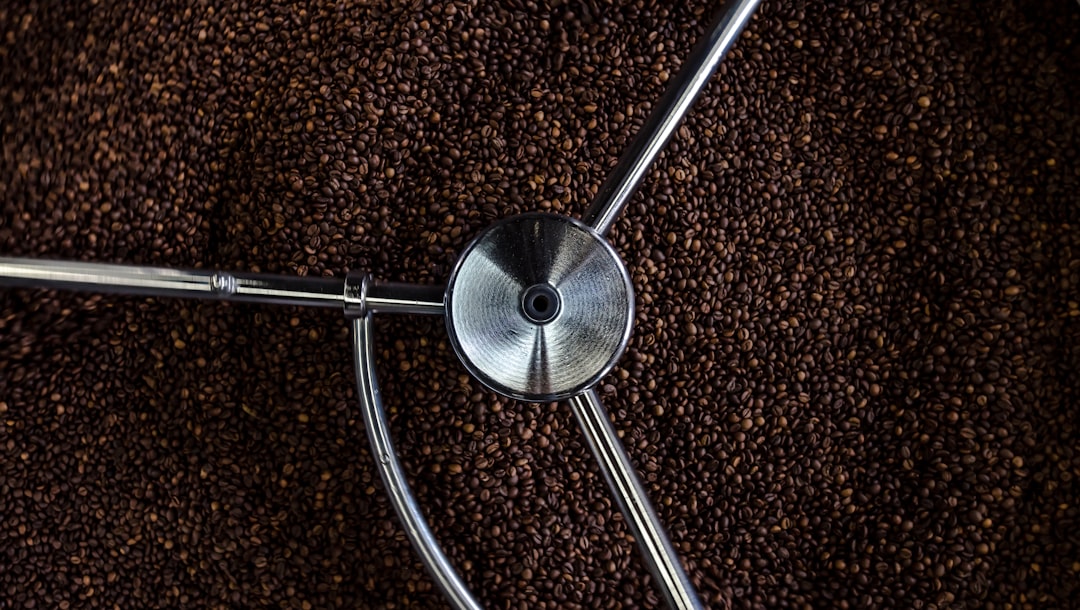
Light Roast vs Dark Roast: Which Coffee Is Best for You?
Read More →